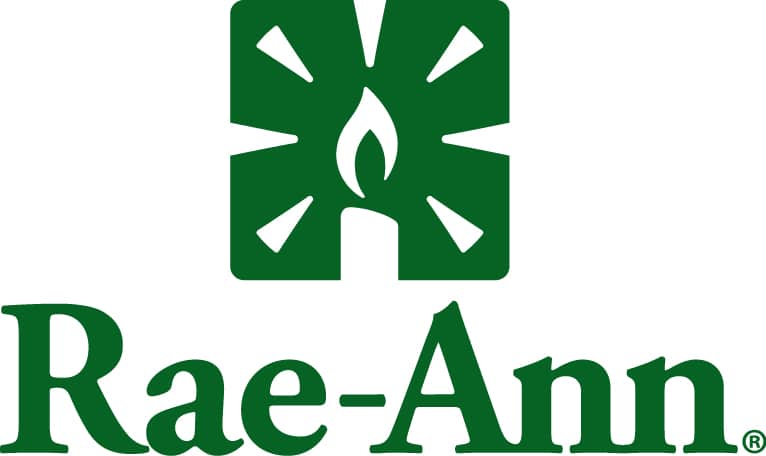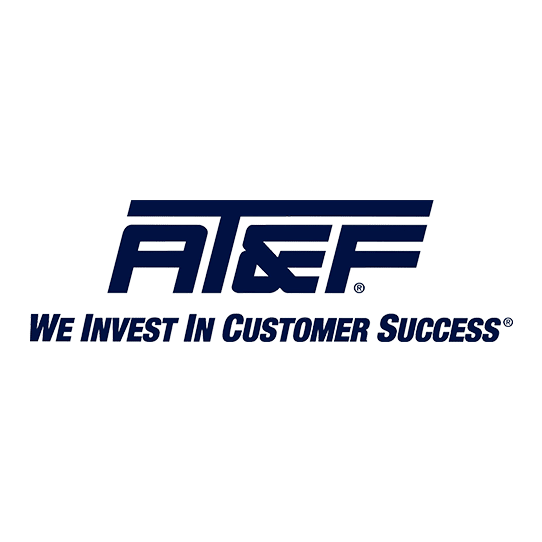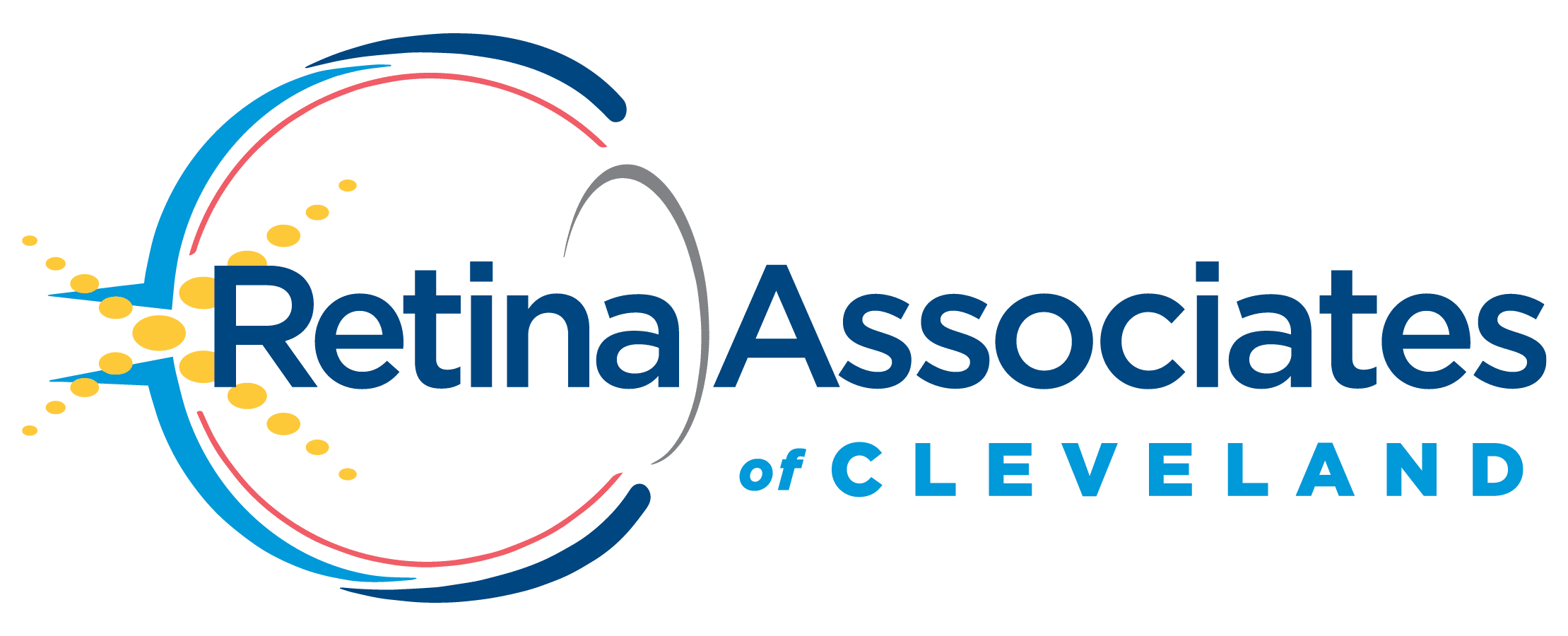Back in late 2019, the first significant legislation addressing retirement savings since 2006 became law. The Setting Every Community Up for Retirement Enhancement (SECURE) Act has resulted in many changes to retirement and estate planning strategies, but it also raised some questions. Most recently, the February 2022 release of proposed regulations left many taxpayers confused and unsure of how to proceed.
The proposed regulations cover numerous topics, but one of the most noteworthy is an unexpected interpretation of the so-called “10-year rule” for inherited IRAs and other defined contribution plans. If finalized, this interpretation — which contradicts earlier IRS guidance — could lead to larger tax bills for certain beneficiaries.
Birth of the 10-Year Rule for Inherited IRAs
Before the SECURE Act was enacted, beneficiaries of inherited IRAs could “stretch” the required minimum distributions (RMDs) on such accounts over their entire life expectancies. The stretch period could be decades for younger heirs. They could take smaller distributions and defer taxes while the accounts grew.
In an effort to accelerate tax collection, the SECURE Act eliminated the rules that allowed stretch IRAs for many heirs. For IRA owners or defined contribution plan participants who die in 2020 or later, the law generally requires that the entire balance of the account be distributed within 10 years of death. This rule applies regardless of whether the deceased died before, on, or after the required beginning date (RBD) for RMDs. Under the SECURE Act, the RBD is age 72.
Exceptions for Eligible Designated Beneficiaries
The SECURE Act recognizes exceptions for the following types of “eligible designated beneficiaries” (EDBs):
- Surviving spouses,
- Children younger than “the age of majority,”
- Individuals with disabilities,
- Chronically ill individuals, and
- Individuals who are no more than 10 years younger than the account owner.
EDBs may continue to stretch payments over their life expectancies. Or, if the deceased died before the RBD, they may elect the 10-year rule treatment. The 10-year rule will apply to the remaining amounts when an EDB dies.
The 10-year rule also applies to trusts, including see-through or conduit trusts that use the age of the oldest beneficiary to stretch RMDs and prevent young or spendthrift beneficiaries from rapidly draining inherited accounts.
Prior to the release of the proposed regulations, the expectation was that non-EDBs could wait until the end of the 10-year period. They could take the entire account as a lump-sum distribution, rather than taking annual taxable RMDs. This distribution approach generally would be preferable. Especially if an heir is working during the 10 years and in a higher tax bracket. Such heirs could end up on the hook for greater taxes than anticipated if they must take annual RMDs.
The IRS has now muddied the waters with conflicting guidance. In March 2021, it published an updated Publication 590-B, “Distributions from Individual Retirement Arrangements (IRAs).” This suggested that annual RMDs would indeed be required for years one through nine post-death. But, just a few months later, it again revised the publication. It specified that “the beneficiary is allowed, but not required, to take distributions prior to” the 10-year deadline.
That position didn’t last long. The proposed regulations issued in February call for annual RMDs in certain circumstances.
Proposed Regulations Regarding the 10-Year Rule
According to the proposed regulations, as of January 1, 2022, non-EDBs who inherit an IRA or defined contribution plan before the deceased’s RBD satisfy the 10-year rule simply by taking the entire sum before the end of the calendar year that includes the 10th anniversary of the death. The regulations take a different tack when the deceased passed on or after the RBD.
In that case, non-EDBs must take annual RMDs (based on their life expectancies) in year one through nine, receiving the remaining balance in year 10. The annual RMD rule gives beneficiaries less flexibility and could push them into higher tax brackets during those years. (Note that Roth IRAs don’t have RMDs, so beneficiaries need only empty the accounts by the end of 10 years.)
Aside from those tax implications, this stance creates a conundrum for non-EDBs with inherited IRAs or defined contribution plan in 2020. Under the proposed regulations, they should have taken an annual RMD for 2021. This would seemingly subject them to a penalty for failure to do so, equal to 50% of the RMD they were required to take. But the proposed regulations didn’t come out until February of 2022.
What about non-EDBs who are minors when they inherit the account but reach the “age of majority” during the 10-year post-death period? Those beneficiaries can use the stretch rule while minors. The annual RMD will apply after the age of majority (assuming the deceased died on or after the RBD).
Clarifications of the Exceptions
The proposed regulations clarify some of the terms relevant to determining whether an heir is an EDB. For example, they define the “age of majority” as age 21 — regardless of how the term is defined under the applicable state law.
The definition of “disability” turns on the beneficiary’s age. If under age 18 at the time of the deceased’s death, the beneficiary must have a medically determinable physical or mental impairment that 1) results in marked and severe functional limitations, and 2) can be expected to result in death or be of long-continued and indefinite duration. Beneficiaries age 18 or older are evaluated under a provision of the tax code that considers whether the individual is “unable to engage in substantial gainful activity.”
Staying Prepared
If the IRS’s most recent interpretation of the 10-year rule sticks, non-EDBs will need to engage in tax planning much sooner than they otherwise would. For example, it could be wise to take more than the annual RMD amount to more evenly spread out the tax burden over the 10 years. They also might want to adjust annual distribution amounts based on factors such as other income or deductions for a particular tax year.
Next Steps
The U.S. Treasury Department is accepting comments on the proposed regulations through May 25, 2022. They will hold a public hearing on June 15, 2022. Non-EDBs who missed 2021 RMDs may want to delay action to see if more definitive guidance comes out before year-end. Ideally, this would include relief for those who relied on the version of Publication 590-B that indicated RMDs weren’t necessary. As always, though, contact us to determine the best course for you in light of new developments.
© 2022
Related Insights
Featured Post

Featured Client Testimonials
BW is a true partner to us. Their knowledge, expertise, and service are a valuable resource to us and play an important role in our success!
John Allen - Vice President of Finance, Kaufman Container

Featured Client Testimonials
I appreciate the exceptional tax advice we received over the years. The (BW team) has a good grasp of our business needs. Thank you for your excellent service.
John Griffiths - Owner, Rae Ann, Inc.

Featured Client Testimonials
Barnes Wendling has been our company accountants for over seven years. Their knowledge has been instrumental in helping us grow strategically during this time. And although we’ve seen many changes in our economy that we cannot control, we’ve always been able to trust the Barnes team to be by our side. The Barnes team feels like family. We can’t thank them enough for their support!
Christine Kloss - Controller, AT&F

Featured Client Testimonials
Barnes Wendling has been our company accountants for over 15 years. During this time, the business has grown exceptionally, and Barnes has kept pace, providing accurate, quality advice. Our finances are more efficient than ever, and the expense of hiring Barnes has been a definite positive add to our bottom line. I give my highest recommendation to their firm.
David Miller, MD - President, Retina Associates of Cleveland

Featured Client Testimonials
Barnes Wendling has provided us guidance and recommendations that have strategically helped strengthen our business and position ourselves for growth. We needed to hire a new VP of Finance and Controller this past year, and they were instrumental in helping us find the best candidates for our company.
Sara Blankenship - President, Kaufman Container

Featured Client Testimonials
We value the trust, accuracy of information, and reliability of Barnes Wendling and Mike Essenmacher personally. Mike has been instrumental as a trusted advisor on accounting, tax, and personnel issues. His advice is always accurate, and he is very reliable. His associates are also very talented.
Dominic Ozanne - President and CEO, Ozanne Construction Company

Featured Client Testimonials
We value Barnes Wendling’s expertise with all things accounting so we can operate our business using our strengths and allowing them to be our experts. They have also brought me a few business sale opportunities to allow me to grow my assets.
John Gaydosh - President and Metallurgical Engineer, Ohio Metallurgical Service

Featured Client Testimonials
Barnes Wendling (especially Lena) did a great job with our financials. Everything. It is extremely refreshing and comforting to know that all of our numbers are not only correct, but they are in the right place(s). Your diligence and reporting truly does make me (personally) feel better.
Thomas Adomaitis - Controller, Bialosky Cleveland

Featured Client Testimonials
I can wholeheartedly tell you that I have yet to work with an audit or tax team that have been more helpful, easy to work with, and committed than the team at Barnes Wendling- I have been through three different firms in the last few years.
Michelle Saylor, Former Controller, Aero Mag

Featured Client Testimonials
Floyd Trouten at Barnes Wendling CPAs is an “expert’s expert” when it comes to M & A accounting. Not only does he understand the evolving details of the Tax Code but he also sees the fine points of their application for owners, managers, investors, and financiers.
Mark A. Filippell, Western Reserve Partners

Featured Client Testimonials
The service is amazing at Barnes Wendling CPAs. The benefit is worth more than the cost. Sometimes it’s true that you get what you pay for.
Mark Boucher - Former Owner, Castle Heating & Air








